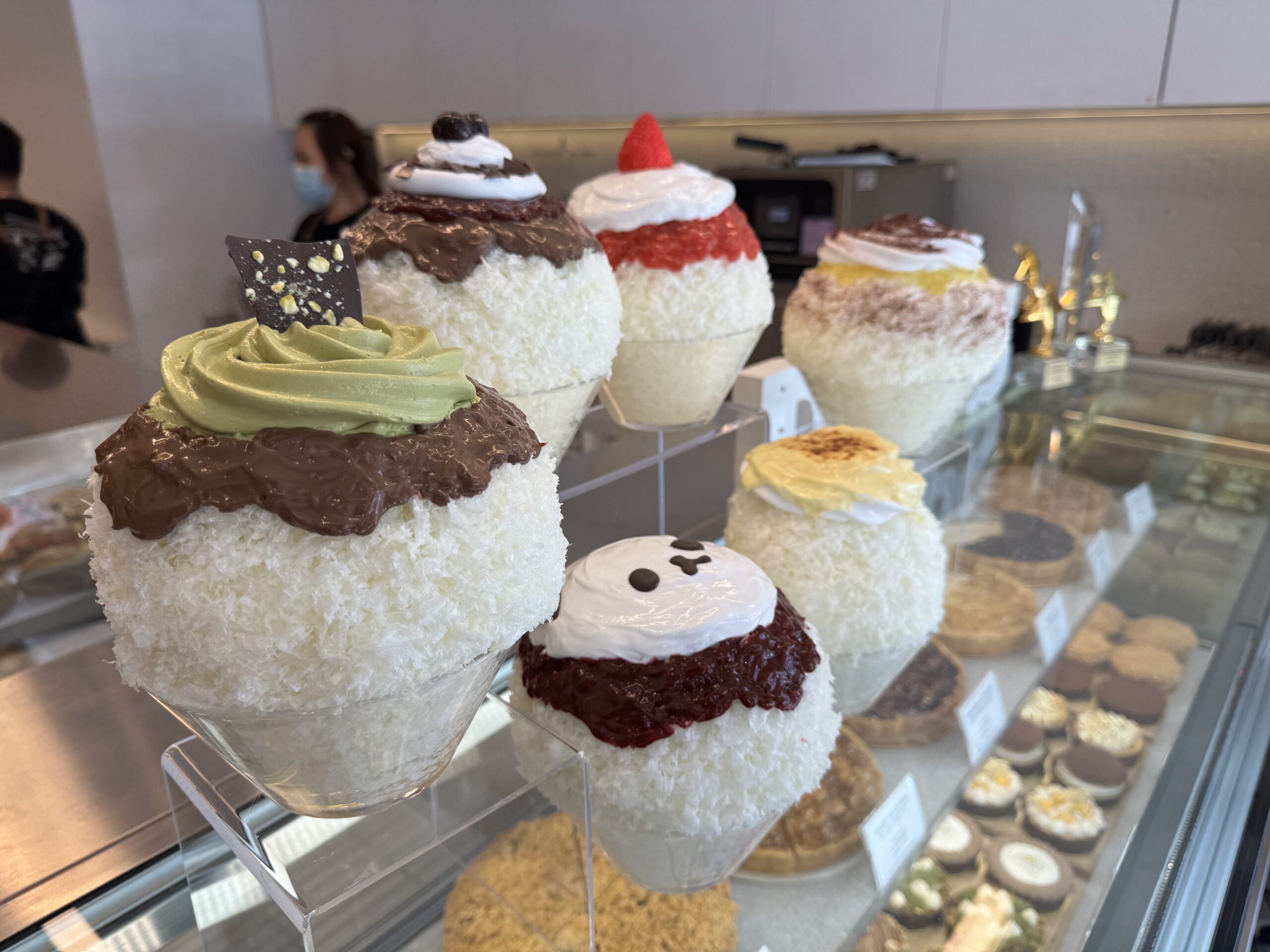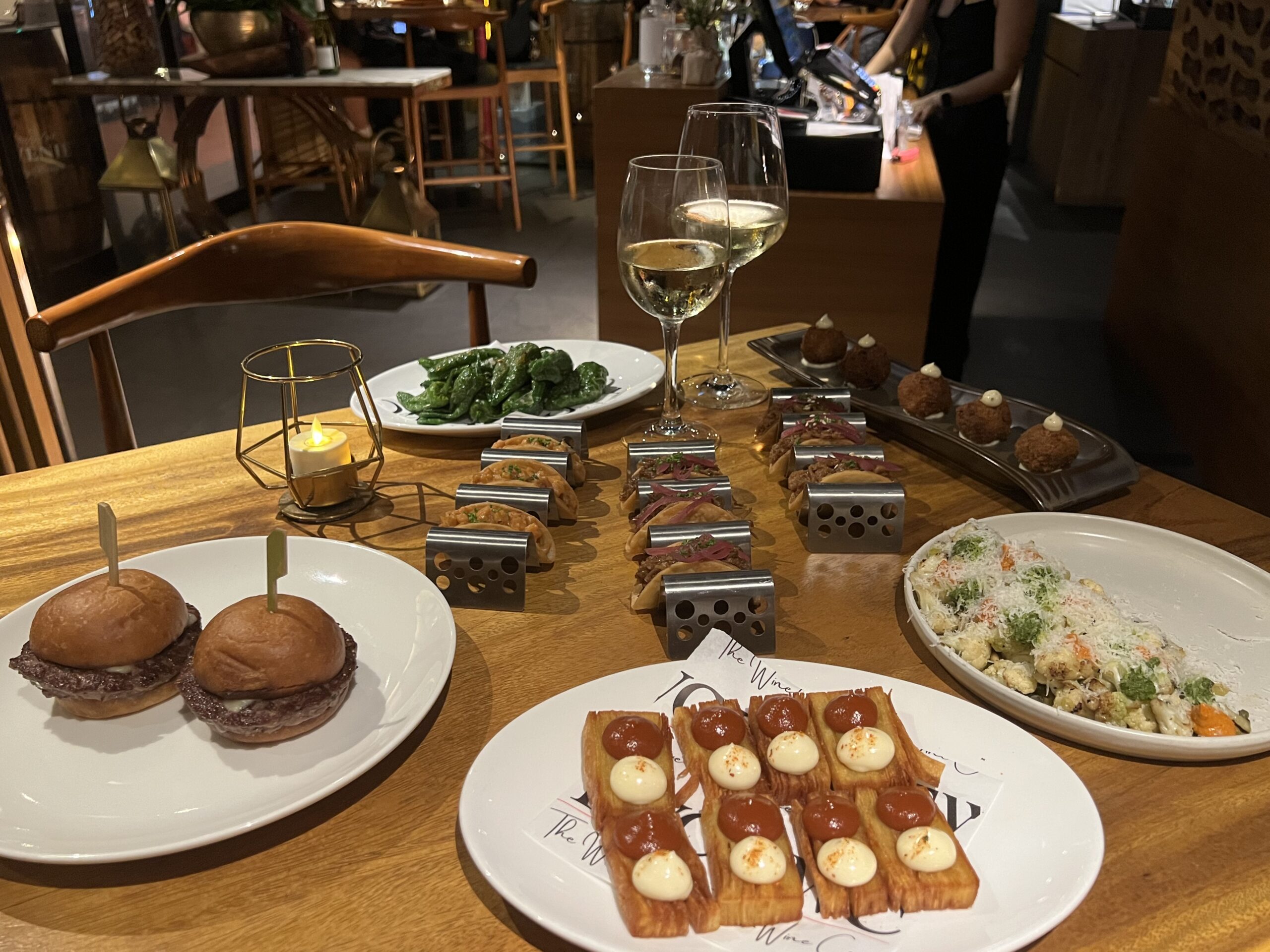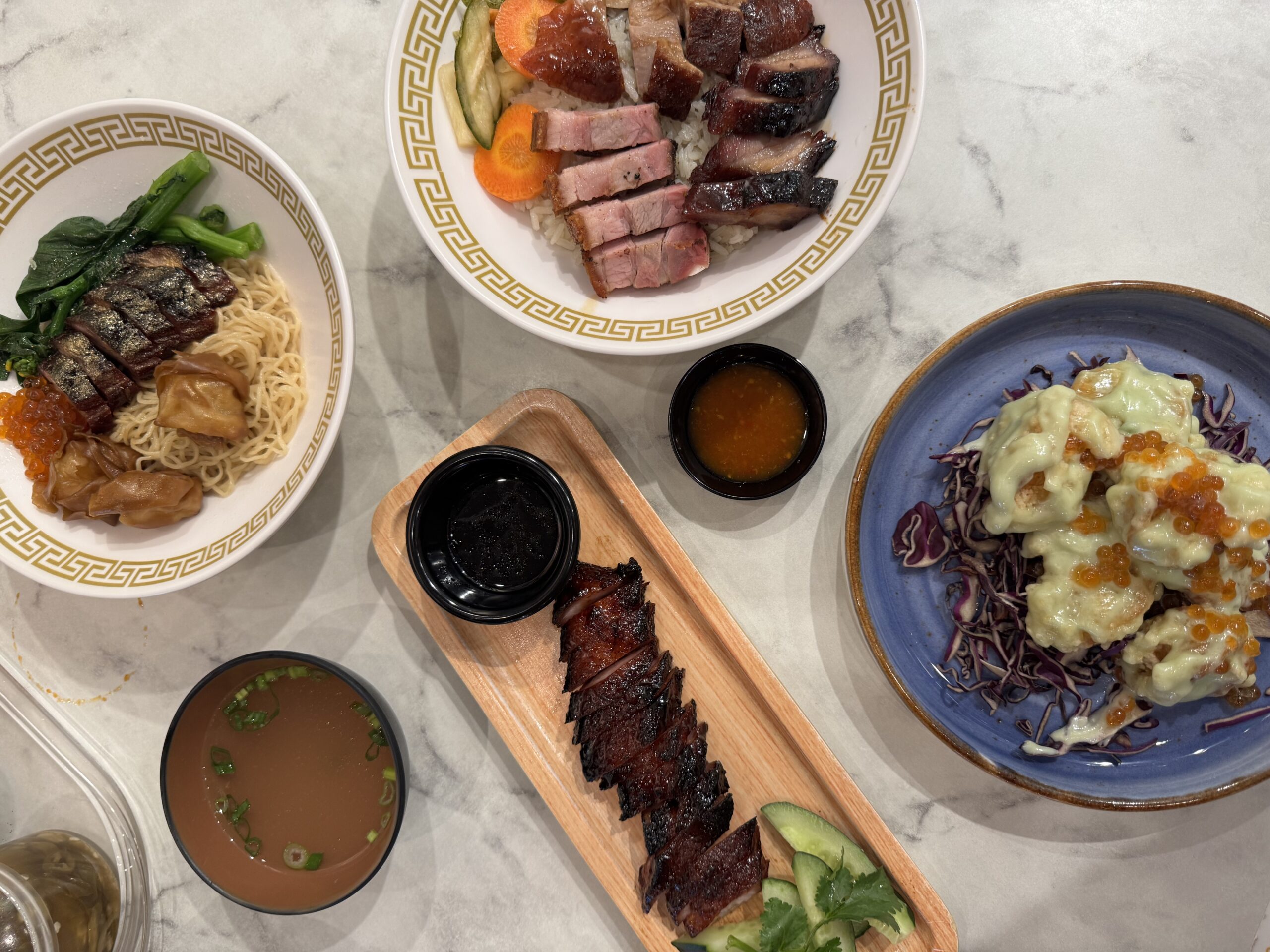All eyes are now on our local hawker food fare with the recent push to preserve Singapore’s hawker culture which is indeed an emblem of Singapore’s identity. Most of us locals grew up eating hawker since young. Even for myself, I’m also starting to appreciate and treasure our multicultural food offerings here at our friendly neighbourhood hawker centres.
Our Hawkerpreneurs
Sadly, there are not many Singaporeans who would venture into this hawker trade that involves a lot of laborious work. Thankfully, there is an increasing number of young hawkerpreneurs who are willing to take up this challenge to pursue their passion. One of such is Chen Desheng who owns a soybean stall called Pure Soya Bean at Toa Payoh West Market and Food Centre.
He invited me to his stall to learn more about the process of making soya bean curd as well as to try out some of his soya creations. As a foodie myself, I could not say no to such an opportunity. Besides, I was interested to find out the roots of our local dishes and how they are made.
How is Soybean curd made?
I headed off to Desheng’s soybean stall early in the morning to find out how the beancurd (or Tau Huay) is made. Firstly, he soaked batches soybeans in water overnight. He uses only non-GMO Canadian soybeans to make the soymilk.
After the beans are softened, he fed the soaked beans into the soy milk machine which grinds the soybeans, and in the process, releasing the soymilk from the soybeans. Next, he poured the soymilk into another machine to cook the milk at a controlled temperature. Once the soymilk is heated up, it could be served right away. The taste of pure soymilk is so different from the ones made in a factory or sold at the supermarket.
You will know that the soymilk is cooked thoroughly when you see the thick layer of foam that occurred naturally. Desheng also shared that the presence of the foam and tiny bubbles is one way to distinguish a freshly-made pure soymilk from the factory-made soymilk which often contains preservatives and anti-foaming agents.
To make soya beancurd, he filtered the soymilk once more before adding a coagulant to soymilk. Instead of using gypsum, he uses a fruit-based coagulant to cause the milk to curd.
It takes about 20 minutes for the soymilk to curd. And that’s how they churn out their smooth soya beancurd which is made fresh every day at their stall.
The Beauty of Pure Soymilk
As you can already tell, making beancurd is a time-consuming process. Nonetheless, Desheng believes in making the high-quality pure soymilk for his customers to enjoy because it is after all much healthier for the body. Personally, I enjoy drinking soymilk, but I often encountered bloating issues when I drink supermarket-bought soymilk. However, the pure soymilk served here is unlike anything which I’ve tried before. It’s tasted light, airy and has a slight fragrance of the soybeans. If you had no idea how pure soymilk taste like, you should really give it a try!
Pure Soya Bean Stall
Pure Soya Bean stall also offers a variety of soymilk-based beverages and beancurd which could be paired with any toppings of your choice. I tried their beancurd which is served with a spoonful of red jaggery sugar syrup as a sweetener. The beancurd has a light and smooth consistency which goes really well with toppings like red beans and gingko nuts.
It was an enlightening experience for me to capture the behind-the-scenes of a hawker stall. I’m definitely looking into retelling more of such hawker food stories through my lens. Are there hawker stalls I should check out next? Let me know in the comment box below!
Pure Soya Bean
Toa Payoh West Market and Food Centre
127 Toa Payoh, Lor 1 Toa Payoh
Singapore 310127
Facebook Page: https://www.facebook.com/PureSoyaBean/

![[New exhibition of National Gallery] City of Others: Asian Artists in Paris, 1920s–1940s](https://deeniseglitz.com/wp-content/uploads/2025/04/IMG_5400-150x150.jpeg)










